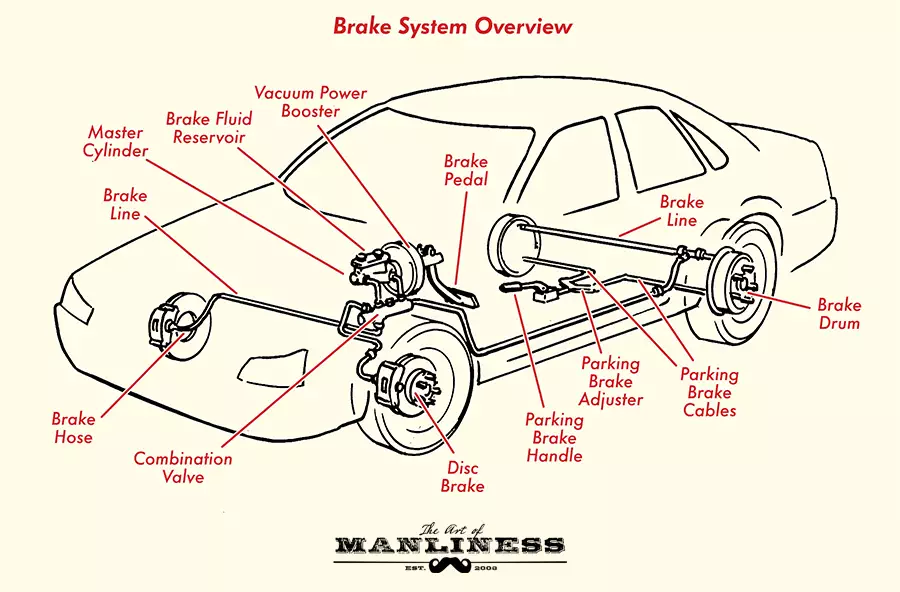
Do You Make These Tips for Driving Safely in Rain Mistakes?
Driving in the rain comes with its own set of challenges, and it’s crucial to know the right tips for driving safely in rain to avoid common mistakes. Picture this: you’re cruising down a slick highway, and suddenly, visibility drops. Are you prepared? Wet roads can turn a simple trip into a risky endeavor. Hydroplaning, increased stopping distance, and reduced control are just a few obstacles you face. But don’t worry, you can navigate these challenges with the right knowledge.
Safe driving in rain means more than just slowing down. It’s about understanding the road conditions and how your vehicle responds. Do you know how to manage your brakes on a slippery surface or how to maintain a safe distance from other cars? These small adjustments can be the difference between a smooth journey and a hazardous situation. Using headlights correctly and knowing the limits of your tires are just a couple of strategies that can keep you safe. Therefore, it’s essential to be well-prepared for any sudden changes in weather conditions.
You have the power to make every drive safer. Ready to tackle those rainy roads with confidence? Let’s dive deeper into these life-saving tips and ensure you’re fully equipped for any adverse weather condition that comes your way.
In the article
Avoiding Common Mistakes with Tips for Driving Safely in Rain
Driving in the rain can be tricky, but with the right wet road driving tips, you can stay safe. The first thing to remember is that roads become slippery when wet. This is because water mixes with oil and dirt on the pavement, reducing traction. So, it’s crucial to understand how to drive safely in these conditions.
Understanding Weather Condition Driving Tips
One of the most important weather condition driving tips is to adjust your speed. Rain reduces your tire’s grip on the road, making it easier to lose control. Therefore, drive slower than you usually would. If you notice water pooling on the road, it’s essential to slow down even more.
Another key point is to use caution. In heavy rain, your visibility can drop significantly. This makes it hard to see other vehicles, road signs, and even the road itself. Thus, you should always be prepared to lower your speed or stop if necessary.
Having a reliable rainy weather driving guide can also help. This guide can remind you to keep your windshield clean, stay focused, and watch for hazard signs. Always be ready to react quickly as conditions can change rapidly.
Implementing Safe Driving in Rain Techniques
Maintaining a safe following distance is crucial when driving in the rain. This distance gives you enough time to react if the car in front suddenly stops. It’s a good idea to double the space you usually leave between your car and the one ahead.
Using your headlights correctly is another essential technique. In the rain, headlights improve your visibility and help others see you. However, avoid using high beams as they can reflect off the rain and create glare, making it harder to see.
Recognizing Challenges of Stormy Weather Driving Precautions
One major danger in rainy weather is hydroplaning. This happens when your tires lose contact with the road and skid over a thin layer of water. To avoid this, drive slowly and avoid sudden movements like sharp turns or hard braking.
It’s also wise to plan detours during severe storms. If you know a storm is coming, find alternative routes that avoid flood-prone areas. Keep abreast of weather updates to stay informed about changing conditions.
Preparing an emergency kit is a good precaution. Your kit should include items like a flashlight, first-aid supplies, and extra batteries. It’s better to have these items and not need them than to find yourself in trouble without them.
Using Winter Weather Driving Advice
Driving in snow requires different techniques compared to rain. You need to apply driving safely in snow practices like slowing down and keeping a greater distance between cars. Snow can be unpredictable, so it’s vital to remain attentive.
Snowy weather driving strategies include avoiding sudden turns and accelerating slowly. Rapid movements can cause your car to spin out of control. Be gentle with your steering and brakes.
If you encounter fog, adapt your driving to maintain safety. Use low beams, and if you have fog lights, use them. Fog reduces visibility, so take it slow and avoid making sudden changes in direction.
Mastering Safe Driving in Various Conditions
Improving your driving skills in adverse weather conditions can make you a more confident driver. Practicing and knowing what to do in different situations will enhance your ability to stay safe.
Utilizing Foggy Weather Driving Tips
In fog, it’s best to keep your lights on low beam. High beams can make it harder to see because the light reflects off the fog. Low beams illuminate the road directly in front of you without causing glare.
If your car has fog lights, use them when necessary. They help you see better and allow other drivers to see you as well. Remember, visibility is reduced during fog, so take extra care.
Try to avoid sudden maneuvers. Quick changes in speed or direction can lead to a loss of control. Instead, drive smoothly and slowly to keep your vehicle steady.
Exploring Strategies for Driving Safety in Fog
Staying within your lane during fog is important. Use road markings as a guide to help you maintain your position. If the lines are hard to see, follow the tail lights of the car ahead at a safe distance.
Aim for smooth, gradual driving by gently pressing the gas and brake pedals. This approach helps maintain control and prevents skidding. It’s a good habit to develop, especially in poor visibility conditions.
Improving Your Techniques
Learning from Wet Road Driving Tips
Keeping your car in tip-top shape is part of good driving. Check your tires regularly to ensure they have enough tread. Good tires provide better traction and reduce the risk of skidding. Also, ensure your windshield wipers are working properly. Clear visibility is key when driving in rain.
Adopting Snowy Weather Driving Strategies
Weather challenges like snow and fog require skillful handling. Patience and caution are your best tools for safe driving. By adopting these strategies, you can face any weather with confidence. Remember, safety comes first, so always be prepared for the unexpected.
Drive Safely in All Weather
You now understand how to navigate challenging weather conditions with confidence. By staying aware of potential hazards like hydroplaning and adjusting your driving habits, you can significantly reduce risk. Remember, keeping a safe distance and using your headlights appropriately can make a big difference in maintaining control.
Start by checking your tires and brakes regularly. Ensure they are in top condition for handling wet or icy roads. Plan your trips during daylight when visibility is better. Carry essential tools for emergencies, like a flashlight and first aid kit, to prepare for any situation on the road.
Make these changes today to enhance your safety and peace of mind. Drive carefully, adjust to conditions, and practice these habits every time you drive. You have the power to reach your destination safely.







